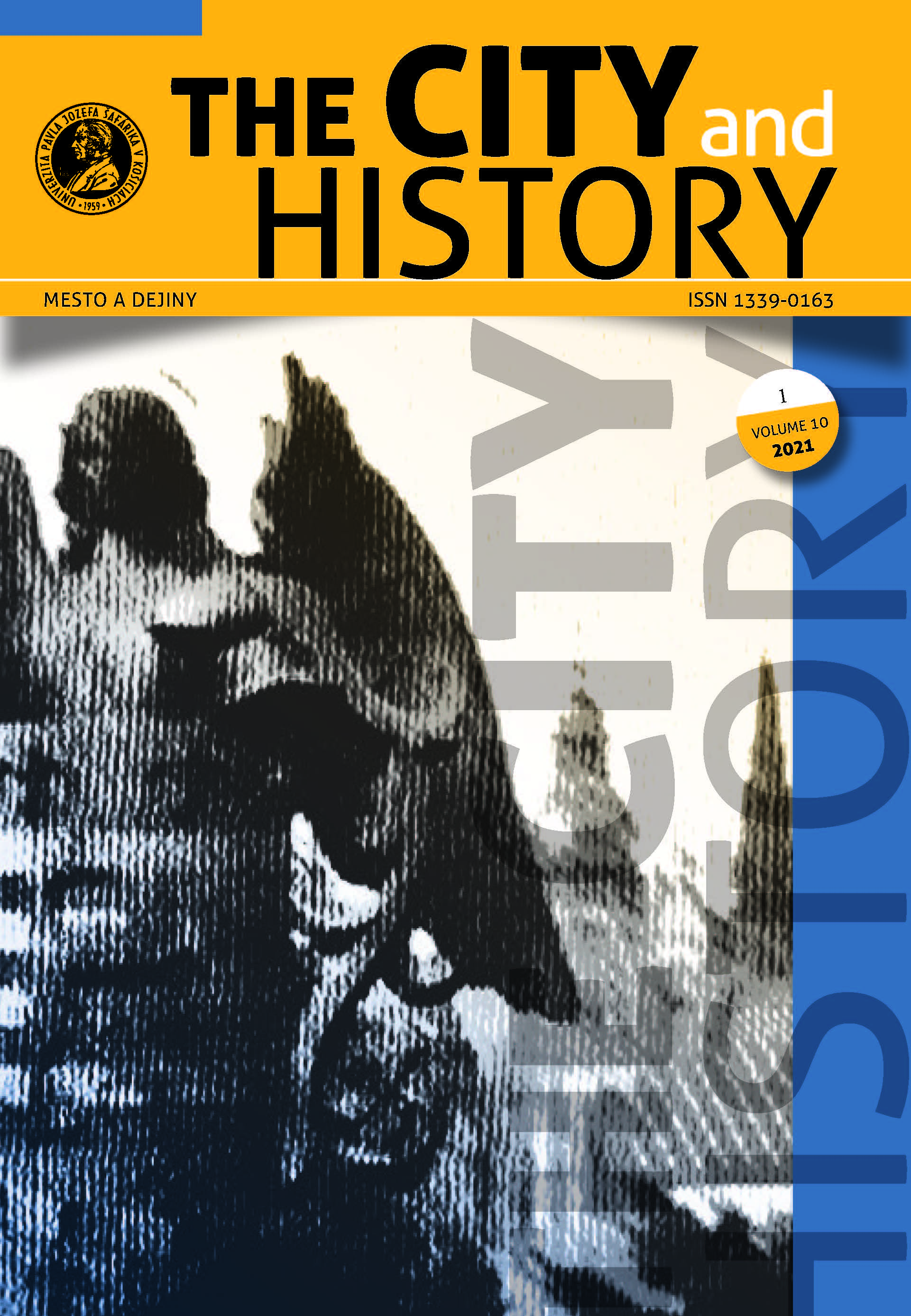Topography of Power: Venice and the Eastern Adriatic Cities in the Century Following the Fourth Crusade
Topography of Power: Venice and the Eastern Adriatic Cities in the Century Following the Fourth Crusade
Author(s): Irena Benyovsky LatinSubject(s): History, Middle Ages, 13th to 14th Centuries
Published by: Univerzita Pavla Jozefa Šafárika v Košiciach
Keywords: Eastern Adriatic; Croatian Middle Ages; Venice; Urban History; Public Buildings;
Summary/Abstract: In the thirteenth century, in the aftermath of the Fourth Crusade, Venice became an important power in the Mediterranean, which caused profound change in its political, territorial and economic ambitions. The main strategy of Venice was to maintain the sea route from the northernmost point in the Adriatic to the Levant, and therefore it was crucial to dominate politically over the Eastern Adriatic: the cities there could serve as points of departure or safe harbours in which Venetian vessels could be sheltered and supplied with merchandise, food, water, and manpower. One of the ways to incorporate the Eastern Adriatic cities into a common area of governance was to construct recognizable public buildings, and to introduce and standardize a legal and administrative order that was mainly adapted to the central political entity, but also served the local urban communities. This paper follows the changes that were directly or indirectly mirrored in the urban structure of the cities during the thirteenth century: primarily the design of urban spaces (especially public ones) and the construction of public buildings linked to governance, defence, trade or administration. During the thirteenth century, one can follow the development of Venetian ambitions and their focus on particular areas or activities (economic, military) in the state, as well as the activities of Venetian patricians holding the governor’s office. Naturally, the local circumstances and the local population had a crucial impact on the formation of urban space, but this paper focuses primarily on the role of the Venetian administration in this respect.
Journal: The City and History (Mesto a dejiny until 2019)
- Issue Year: 10/2021
- Issue No: 1
- Page Range: 6-47
- Page Count: 42
- Language: English

